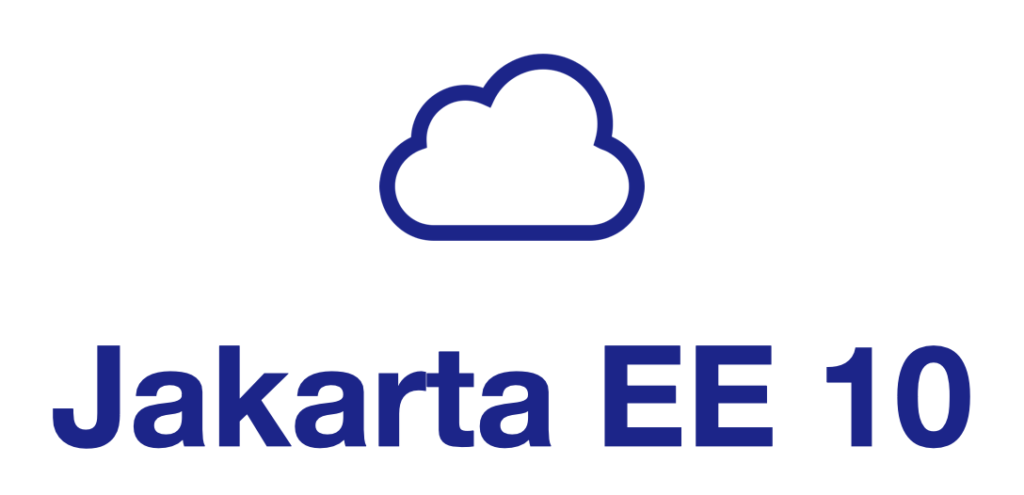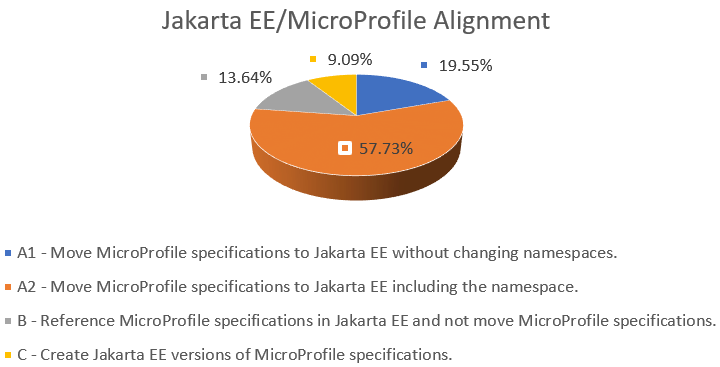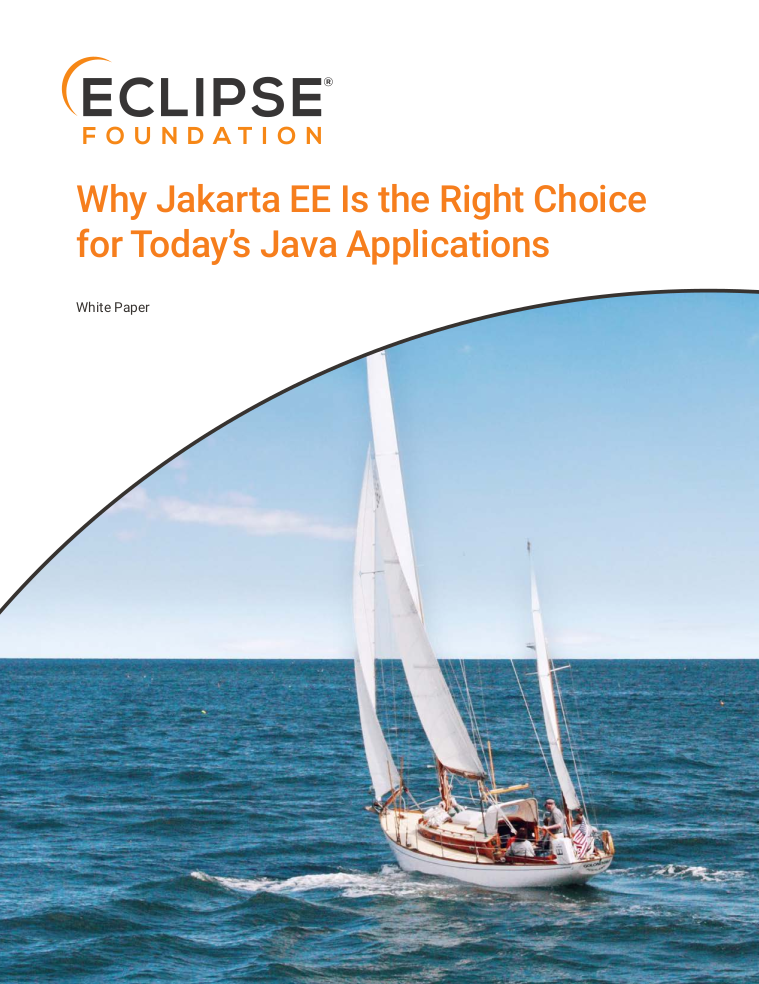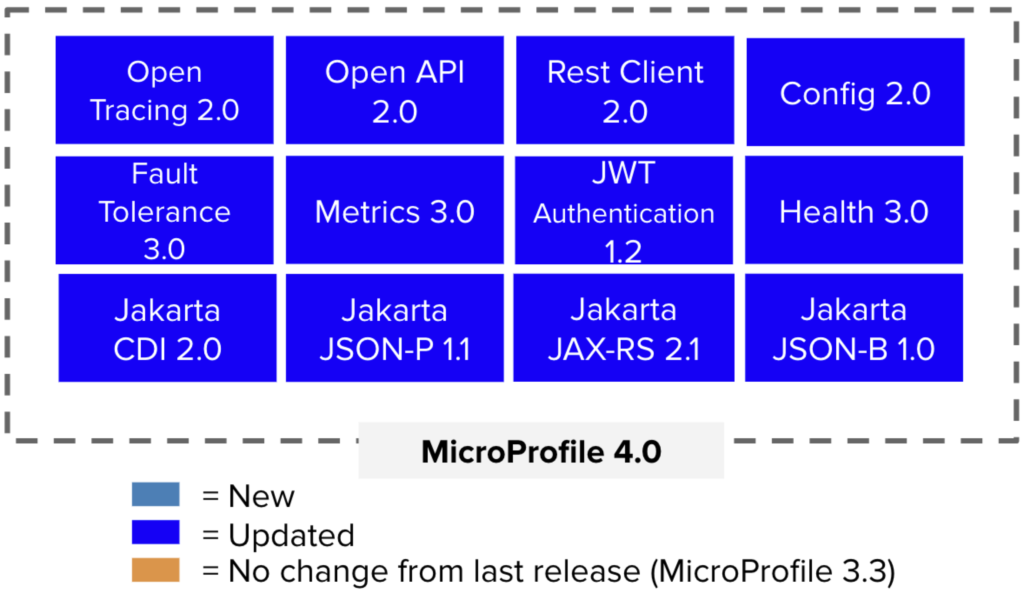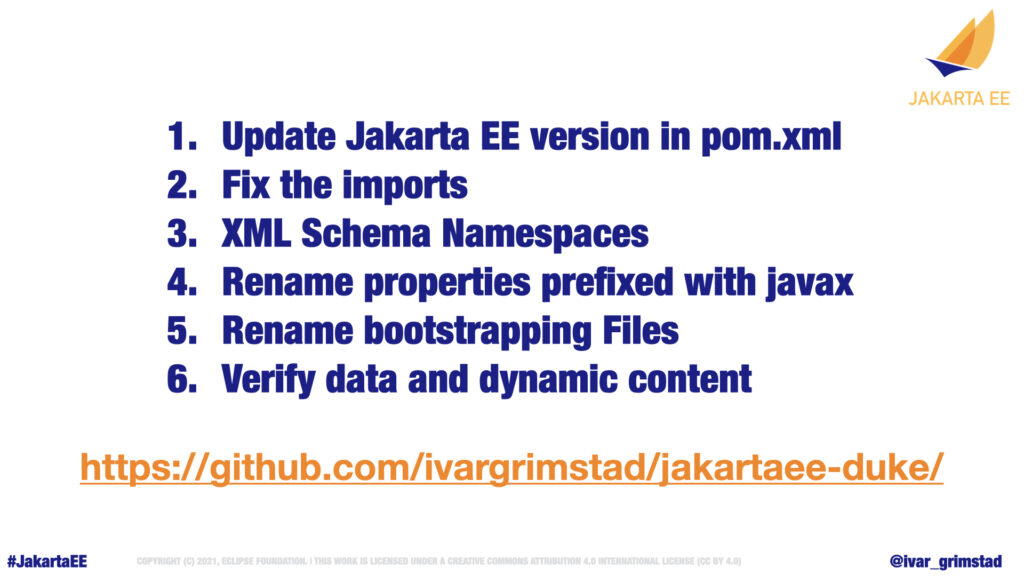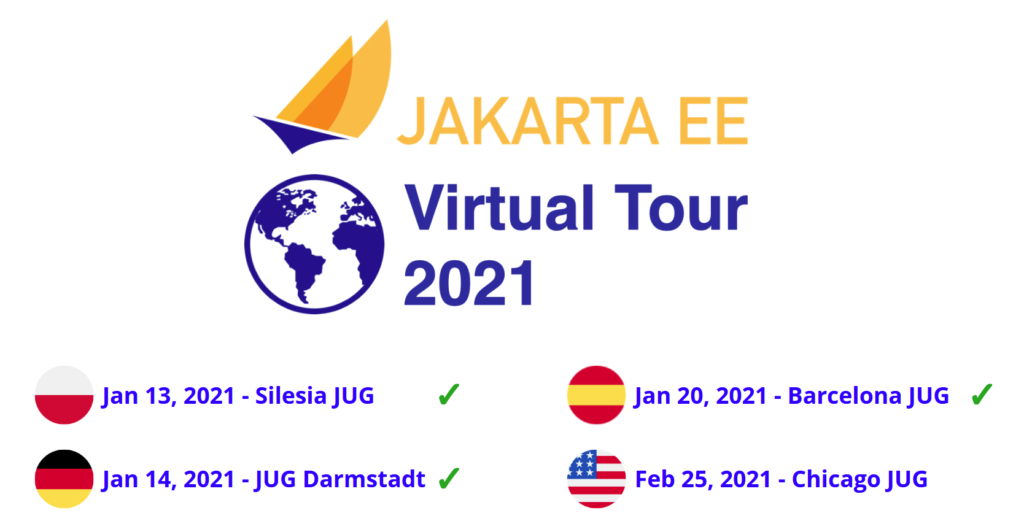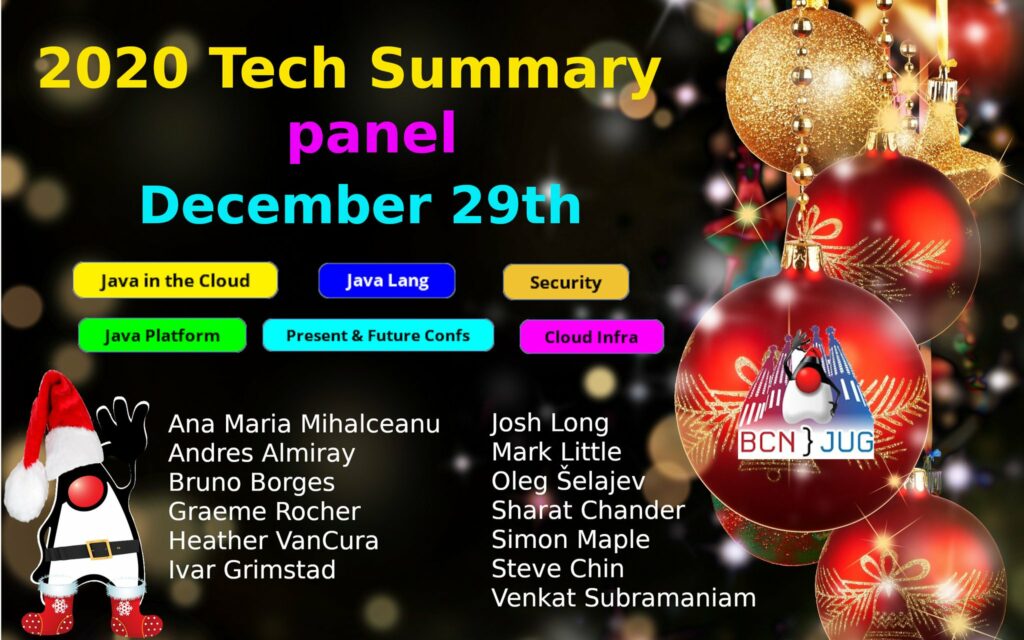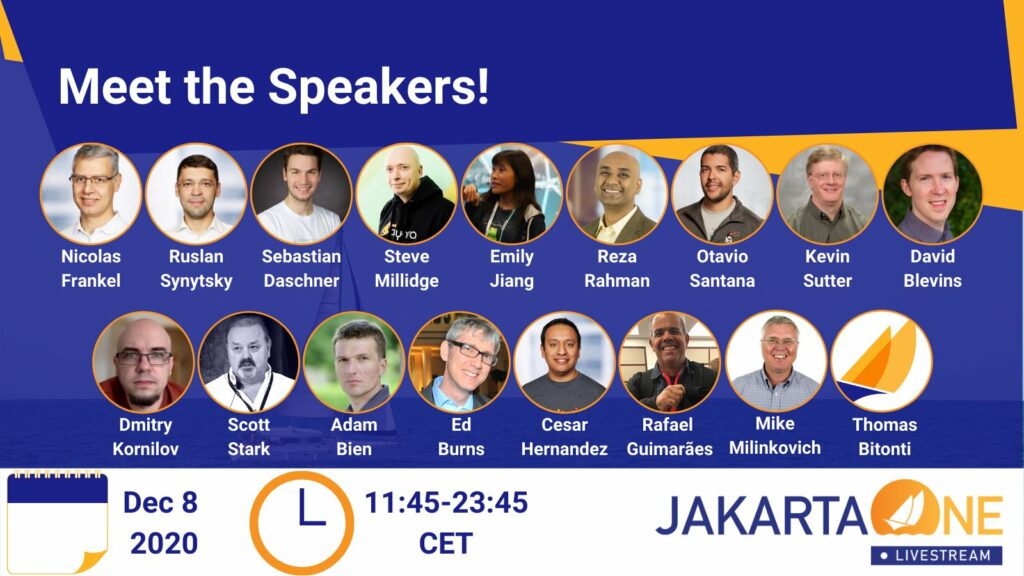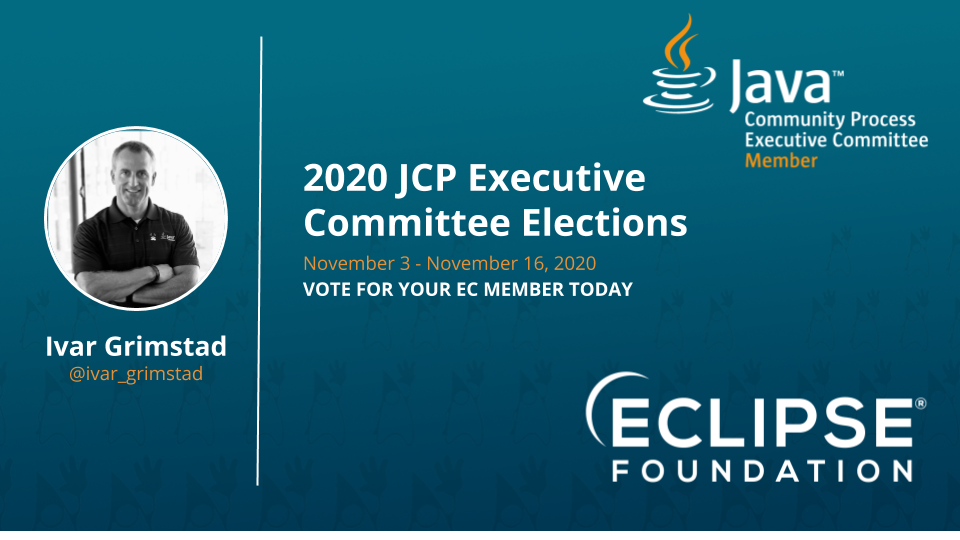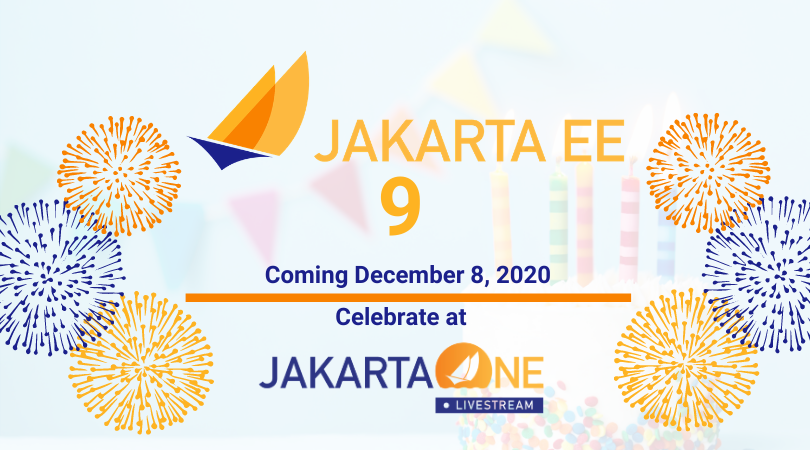Welcome to the sixty-eighth issue of Hashtag Jakarta EE!
We have a date for Jakarta EE 9.1!
Eclipse GlassFish 6.1.0.RC1 passes the Jakarta EE 9.1 TCK and is available for download. The TCK project is in the process of wrapping up everything for the release. We plan to initiate the review ballot for the Jakarta EE 9.1 specifications on April 30, which means that the artifacts will be released to Maven Central on May 14th. This is a soft launch as we have been doing the last couple of releases, so the official release date with all the marketing splash around it will be May 25th.
Worth noting for this release is that it looks like GlassFish won’t be alone as a compatible implementation when the specification is ratified. A number of vendors are working hard to have their implementations available along with Glassfish for the release review ballot.
When the Jakarta EE Platform team set April 15 as a deadline for specifications to file for plan reviews in order to be considered for the next Jakarta EE release, we didn’t really know what to expect. There have been quite a few efforts to write down expectations, such as the Jakarta EE Ambassadors‘ Guide to Contributing to Jakarta EE 10, Arjan Tijms‘ Java for the enterprise: What to expect in Jakarta EE 10 and Greg Wilkins‘ Less is More? Evolving the Servlet API!. But would this crystalize into concrete plans?
I guess it is safe to say that we were blown away by the number of detailed plans and outlines submitted as pull requests to the Jakarta EE Specifications repository. Just take a look at the list below grouped by major and minor updates to the specifications.
Major updates
Jakarta Authentication 4.0
Jakarta Authorization 3.0
Jakarta Concurrency 3.0
Jakarta Expression Language 5.0
Jakarta Faces 4.0
Jakarta JSON Binding 3.0
Jakarta RESTful Web Services 4.0
Jakarta Security 3.0
Jakarta Servlet 6.0
Jakarta SOAP with Attachments 3.0
Jakarta Standard Tag Library 3.0
Jakarta XML Binding 4.0
Jakarta XML Web Services 4.0
Minor updates
Jakarta Activation 2.1
Jakarta Connectors 2.1
Jakarta JSON Processing 2.1
Jakarta Mail 2.1
Jakarta MVC 2.1
Jakarta Persistence 3.1
Jakarta Server Pages 3.1
Jakarta WebSocket 2.1
I can’t wait to dive into the details of these plans as they progress through the plan reviews stipulated by the Jakarta EE Specifiation Process. Take a look at the JESP Guide for a simple walk-through of the process.
In addition to the efforts around Jakarta EE 9.1 and Jakarta EE 10, there are ongoing discussions about the alignment between Jakarta EE and MicroProfile. These discussions take place in the CN4J Alliance. Read Jakarta EE/MicroProfile Alignment Survey Results! by Reza Rahman to see how the community responded to the alternatives being discussed.



